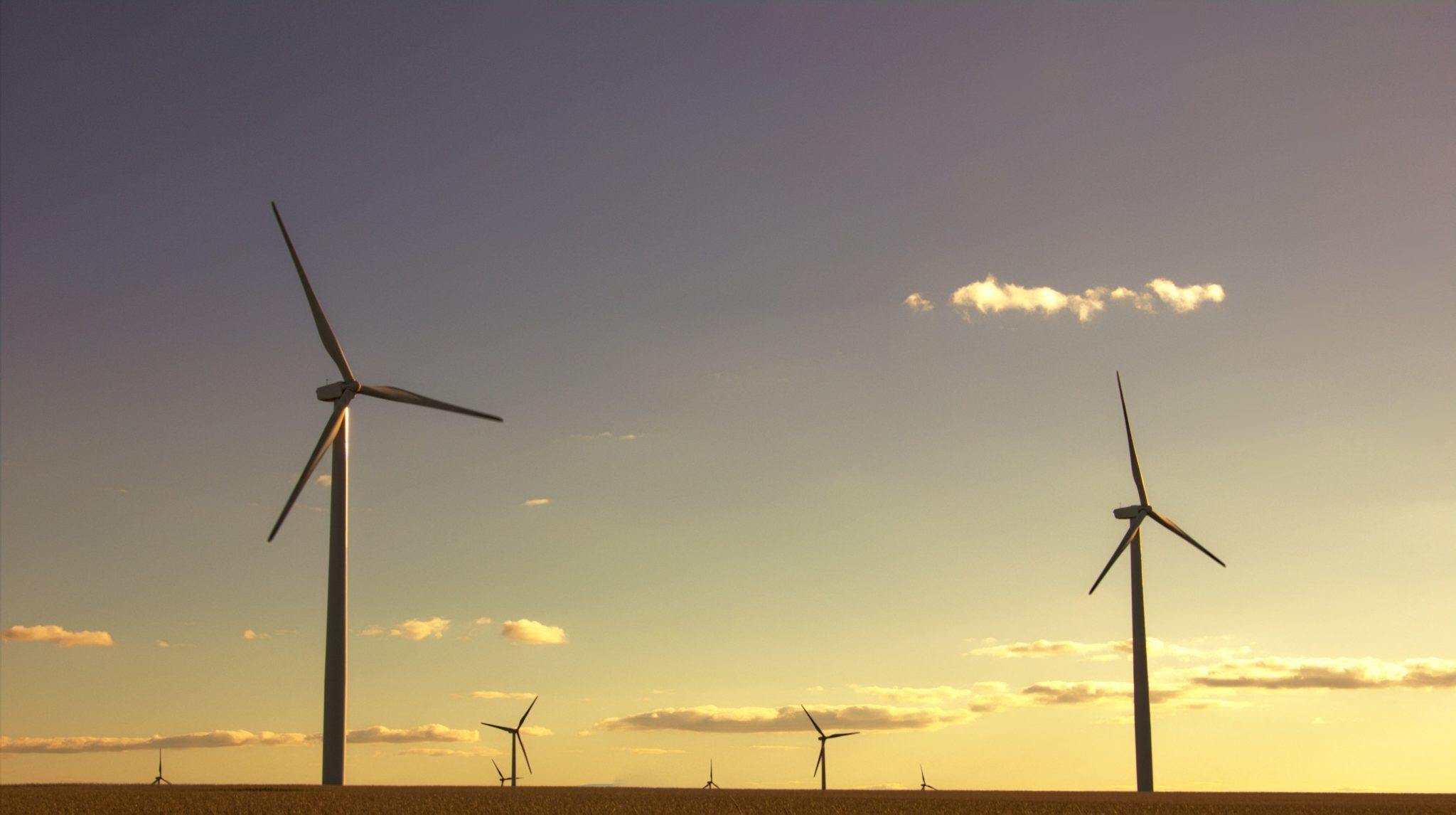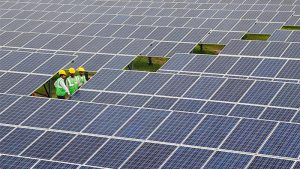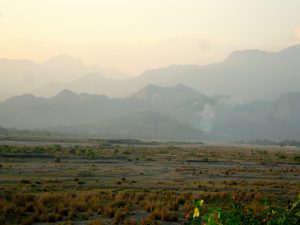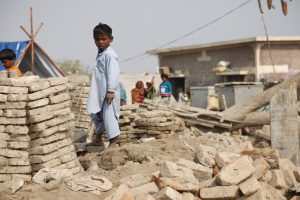Mexico was one of the first countries to submit its action plan to combat climate change (or INDC) to the UNFCCC. In March this year, Latin America’s second largest economy made an unconditional commitment to reduce its Greenhouse Gases (GHGs) and Short Lived Climate Pollutant (SLCP) emissions by 25 percent below business as usual levels by 2030, which could rise to 40 percent conditional on low-cost financial resources. And while some of Mexico’s demands, such as a global carbon price, will almost certainly be excluded from any agreement signed in Paris, its national efforts still play an important role in raising ambition.
Similar to Chile, Mexico has begun the process of developing a climate finance strategy that can demonstrate to decision-makers how green investments can support a low-carbon transition. E3G is working with the Mexican Secretary of Environment and the National Institute of Environment and Climate Change on developing a strategic approach to climate finance.
An analysis of Mexico’s INDC shows that the power sector is central to the country’s emissions reduction effort. It is the sector that will shoulder the majority of the responsibility for GHG reductions: a 31 percent cut by 2030.
Mexico has pledged to get 35 percent of its energy from ‘clean’ sources by 2024. However, this includes not only renewable energy, but also nuclear energy and even natural gas in combination with more efficient combined-cycle power plants (which use waste heat from gas turbines to power connected steam turbines, generating extra energy). This indicates that the government has not yet fully recognised the potential of renewable energy in achieving an affordable low-carbon transition.
Mexico is currently undergoing a historic energy reform process driven by the need to increase efficiency, reduce costs in the power sector and boost the country’s oil and gas industry. After almost 80 years, the government is breaking up its state-run energy monopolies and reopening its largely untapped oil and natural gas reserves to foreign investors.
While support for the oil and gas sector is clearly not motivated by ‘greening’ the economy, the government highlights that the energy reforms offer opportunities to improve energy efficiency and renewable energy investments by engaging new actors, with non-discriminatory access to the electricity grid and new market incentives and auctions.
In this context, our project looks at Mexico’s renewable energy potential and the possibilities for shifting investments in the power sector towards low or zero carbon sources.
For example, Mexico has seen a large boom in wind energy in recent years, a trend which looks set to continue. In the next 25 years the Mexican government expects the currently installed wind power capacity to quadruple, adding an additional 22 GW which would require an investment of US$ 46 billion. Loans from the multilateral Climate Investment Funds, at lower interest rates, have helped private investment to flow in with a high leverage ratio.
Despite its huge potential, solar energy is still underdeveloped, representing just 0.1 percent (56 MW) of total installed energy capacity in 2013. Nevertheless, solar projects that have been given the green light in 2015 represent a combined 4,480 MW (a near 1000 percent increase on current capacity), worth roughly US$ 15 billion in new investments.
In September, E3G met with key actors, including investors, project developers, multilateral banks and different ministries to hear their views about the obstacles faced by solar energy, the challenges in decarbonising the power sector and in leveraging private capital for financing INDCs.
We found that there is high interest from investors in solar energy in Mexico given the country’s high solar irradiance and the reduction in the cost of the technology. Challenges remain in attracting more institutional investors through mechanisms such as FIBRAS (real estate investments made through the Mexican stock market) and having more certainty on how the new energy market and prices will work in practice.
Additionally, with high liquidity in the market, multilateral and bilateral banks that would typically play a role in mitigating risks faced by the private sector see a challenge in competing with the favourable credit conditions offered by commercial banks. Thus, they face increasing challenges in implementing concessional low carbon credit lines. Moreover, commercial banks lack appetite for financing renewable energy projects with short track records in the market, as they view them as being too risky and they are under little pressure to seek new, unknown markets.
We also found that national development banks such as NAFIN are taking a stronger role in financing energy efficiency projects and geothermal, through innovative structures and with the support of Climate Investment Funds, which recently issued a Green Bond for wind energy.
Ministries and the private sector need to better coordinate and understand climate finance, we found. This is to ensure that available technical assistance is used efficiently, projects and proposals are better structured, and that they’re aligned with a strategic view.
These findings indicate a need for increased collaboration and dialogue between the public and private sector. At a workshop in Mexico in February next year, E3G will bring together public sector stakeholders with private sector banks, investors and project developers in order to build a common agenda that can lead to the development of public measures and instruments to further collate private resources.
While building on country-specific circumstances, our project will also bring in international best practices and lessons learned from elsewhere that can guide Mexico’s strategic national approach to green investments. It is a timely effort by the country that will help harness the opportunities to ‘green’ the power sector and implement Mexico’s climate change commitments.
This article was first published on the E3G website. To view the original article click here.








